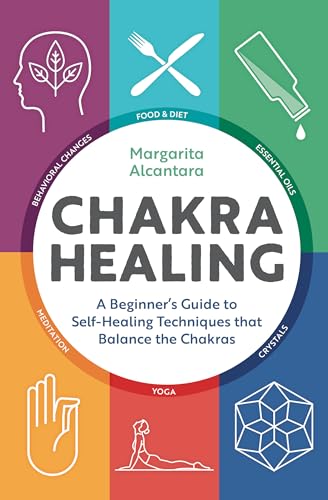To determine if a chakra stone is real, check for natural imperfections, weight, and energy resonance, and verify its origin from reputable sellers.
Chakra stones are powerful tools for energy healing and spiritual growth. But with so many fake crystals flooding the market, it’s crucial to know how to spot genuine stones. This guide reveals the most reliable methods to test authenticity.

Physical Characteristics of Real Chakra Stones
Genuine chakra stones have distinct physical properties that set them apart from fakes. Here’s what to look for:
Temperature and Weight
Real stones feel cool to the touch and stay cool longer than glass or plastic. They also have substantial weight for their size. For example, a real root chakra stone like hematite will feel noticeably heavier than a fake counterpart.
Surface Imperfections
Natural stones have:
- Uneven color distribution
- Small inclusions or flaws
- Unique patterns that can’t be replicated
- Rough or pitted surfaces in their natural state
Hardness and Durability
Use the Mohs hardness scale to test stones. Real crystals won’t scratch easily. For instance, authentic throat chakra stones like lapis lazuli should resist scratching from a steel knife.

Common Tests for Authenticity
The Ice Test
Place the stone on an ice cube. Real crystals conduct temperature efficiently, causing the ice to melt faster than with fake stones.
The Heat Test
Briefly expose the stone to flame (use tweezers). Genuine stones won’t melt or deform, while plastic or resin fakes will show damage.
The Scratch Test
| Stone | Should Scratch Glass | Should Be Scratched By |
|---|---|---|
| Quartz | Yes | Diamond |
| Amethyst | Yes | Topaz |
| Rose Quartz | Yes | Corundum |
Most Commonly Faked Chakra Stones
Be especially careful when buying these popular stones:
- Turquoise (often dyed howlite)
- Lapis Lazuli (frequently synthetic or dyed)
- Moldavite (many glass imitations exist)
- Citrine (often heat-treated amethyst)
- Ruby (commonly synthetic or glass)
Advanced Verification Methods
UV Light Test
Some genuine stones fluoresce under UV light. For example, real rubies often show red fluorescence, while fakes don’t react.
Refractive Index
Professional gemologists measure how light bends through the stone. Each crystal has a unique refractive index that’s hard to fake.
Buying Tips for Authentic Chakra Stones
- Purchase from reputable dealers with certifications
- Ask about the stone’s origin and treatment history
- Beware of “too perfect” stones at low prices
- Check for IGTTA certification when available
- Trust your intuition – real stones often create a tangible energy connection
Chakra-Specific Authenticity Signs
Root Chakra Stones
Genuine black tourmaline or hematite should be opaque with natural surface striations. Fakes often appear too shiny or uniform.
Heart Chakra Stones
Real rose quartz has subtle cloudiness and uneven color. Perfectly clear pink stones are likely glass.
Crown Chakra Stones
Authentic amethyst shows color zoning (uneven purple distribution) and natural inclusions. Synthetic versions appear too uniform.
By combining these physical tests with intuitive sensing, you can confidently identify genuine chakra stones that will truly support your energy work and spiritual practice.
